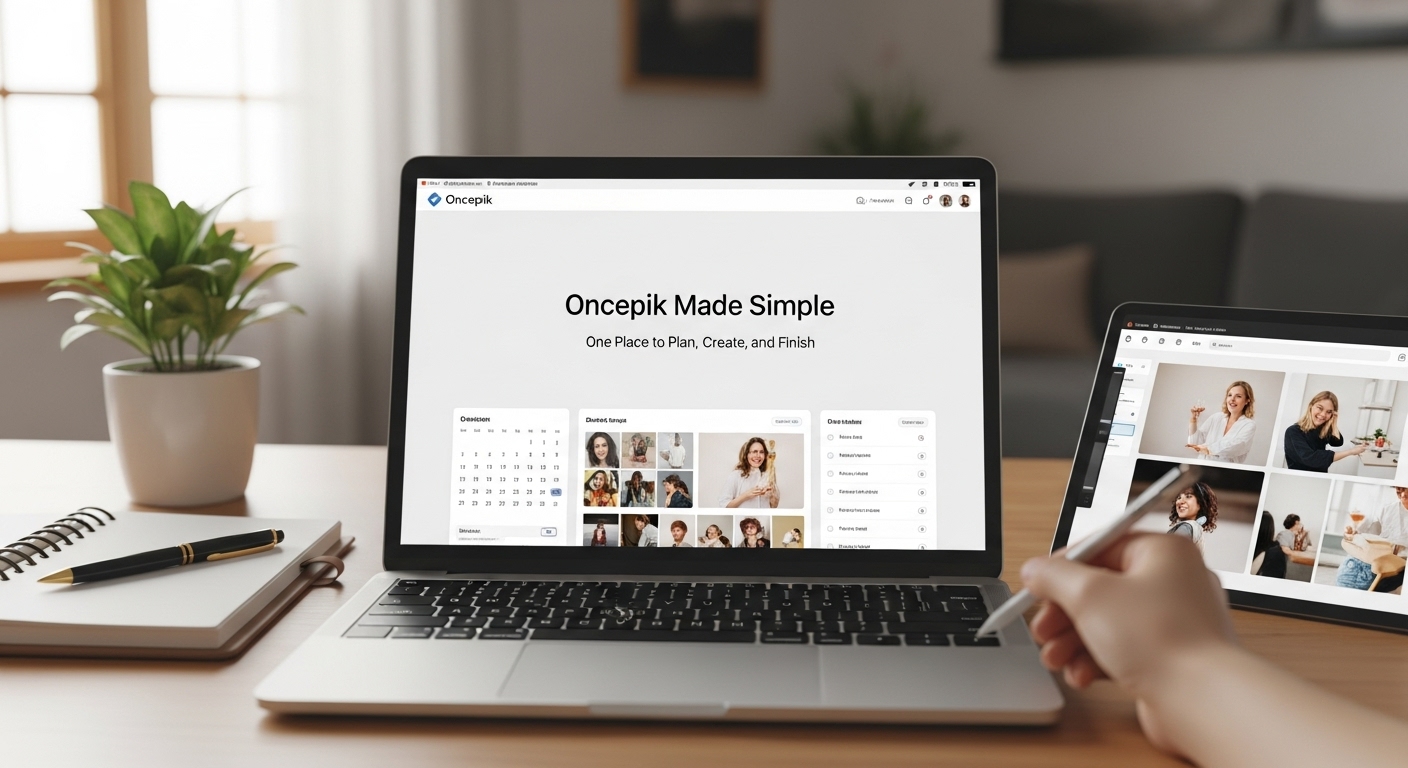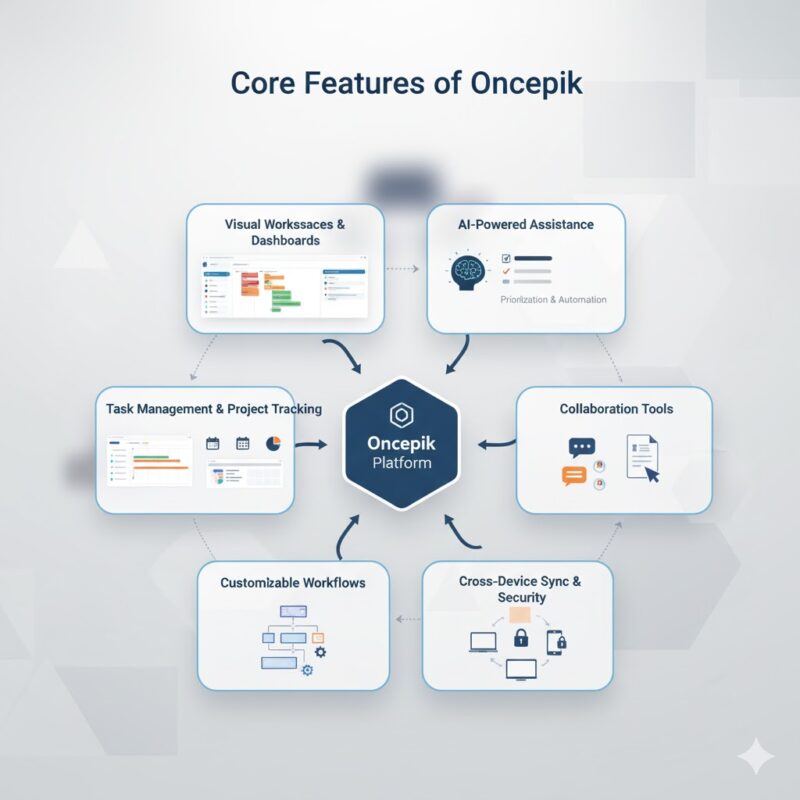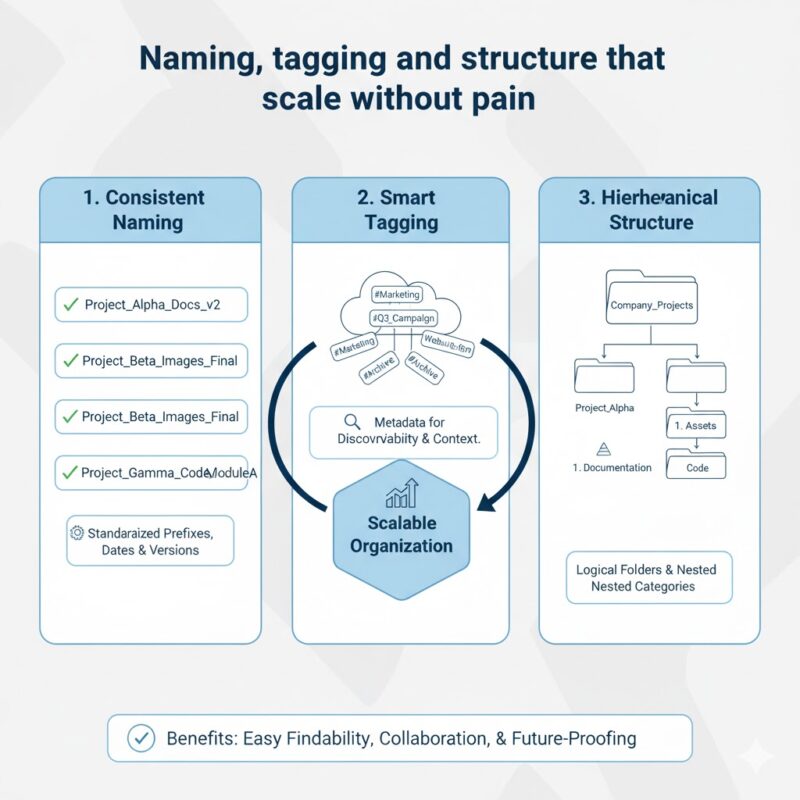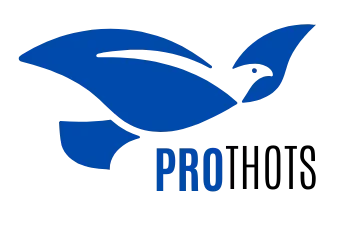Blog
Oncepik Made Simple One Place To Plan Create And Finish

Work moves fast attention is split and most days feel like a relay race between apps. You open one tool for tasks, another for messages, a third for files and a fourth for planning. The constant switching eats time and focus and small details slip through the cracks. Oncepik steps in as a single, quiet place to work. It gathers your planning, collaboration and creative assets in one workspace so you can spend less energy managing tabs and more energy finishing the thing you started.
- Oncepik is a recently launched visual collaboration platform design to bring all your work, communication and creative projects into a single, seamless digital hub.
- Its goal is to replace the need for juggling multiple apps for tasks, communication and planning by integrating these functions into one visually organize workspace.
What is Oncepik
Oncepik is an all in one workspace that brings productivity, collaboration and creativity under one roof. Instead of hopping between a handful of apps to plan projects, track tasks, swap feedback and manage files, you do it all in one place clean, visual and easy to grasp.
- Visual workspaces that make brainstorming and project planning feel natural, like arranging smart sticky notes you can actually ship from.
- Task and project management for everything from solo to dos to full team roadmaps, with owners, dates and clear stages.
- Built in collaboration so conversations, decisions and mentions live right next to the work no more hunting through chat threads.
- Helpful AI nudges that suggest priorities, surface what is at risk and cut down on repetitive steps.
- Rich media support so images, videos, mockups and design files sit on the card where you need them, not buried in folders.
Core Features of Oncepik

Visual Workspaces and Dashboards
Oncepik starts with a visual canvas, not a spreadsheet. You arrange boards and cards into dashboards that match how your team actually works. Ideas, tasks and status live in plain sight, so you can spot gaps and priorities in seconds.
Task Management and Project Tracking
Creating a task is quick and each one can grow with subtasks, due dates, priorities and simple color tags. Ownership is always clear, progress updates in real time and lightweight reports reveal bottlenecks before they slow the week.
Collaboration Tools
- Comment directly on tasks or projects
- Share files, documents and multimedia
- Assign roles and responsibilities within projects
- Receive real-time updates for team coordination
Media and Content Integration
Creative work needs more than text. Images, videos, mockups and final files sit directly on the task. You preview in place, compare versions and keep the approved asset on top, so nobody ships the wrong file on deadline day.
AI Powered Assistance
- Suggests what to do first by balancing deadlines and workload
- Tunes your workflow so everything moves faster and smoother
- Handles the repetitive steps automatically to free up your time
Customizable Workflows
- Shape dashboards and project views to fit your team
- Tweak reporting templates and the way tasks are structure
- Tailor workflows to your industry or a specific project type
Cross Device Sync and Security
Oncepik keeps your work in sync on desktop, web and mobile, so everything matches if you log in. Security is built in from the start with permission base access, end to end encryption and clear privacy controls for sensitive items.
- Your data stays synced on desktop, web and mobile
- Control who can view and edit with permissions
- Protect information with end to end encryption
- Add extra privacy for sensitive content
Benefits of Using Oncepik
Increase Efficiency: One platform replaces a patchwork of apps. Less context switching means more time finishing real work.
Enhance Collaboration: Share boards, in place comments and real time updates keep everyone align without long email threads.
Creative Freedom: Visual boards plus embedded media make it easy to move from idea to draft to final without leaving the workspace.
Helpful AI: Smart prioritization and gentle automation remove guesswork and clear busywork from your day.
Flexible for Any Team: Freelancers, agencies, classrooms, startups and growing companies can all shape Oncepik to fit their process and scale smoothly.
Understanding oncepik without the buzzwords

What oncepik is in one simple sentence
oncepik is a visual workspace where tasks, files, feedback and lightweight pages live together on the same board so your team can plan, create and approve work without bouncing across five different apps.
What oncepik feels like day to day
Think of oncepik as a smart wall of sticky notes, except each note holds the brief, the draft, the assets and the decision thread. You drag a card from “In Progress” to “Review” and nothing gets lost in email because the files and comments ride along.
Who oncepik is perfect for (and who might not need it)
oncepik shines for mix “plan and make” teams: creators, agencies, marketing squads, product launch crews, classrooms, student teams and small businesses. If your team mostly needs a heavy issue tracker or a giant corporate wiki with deep database tricks, you might keep those specialize tools and use oncepik as your “get work across the line” hub.
The real job oncepik is hire to do
Most projects break when context and work separate. A task without its brief is guesswork a design file without the decision trail becomes déjà vu. oncepik glues the “what,” “why,” “who” and “where’s the file” to the work card so people move forward without hunting.
The few ideas that guide how oncepik works
oncepik is visual first, keeps context attached, encourages tiny, safe automations and prefers clarity over complexity. Those four principles explain why onboarding feels quick and why even non technical teammates warm up to it.
Core building blocks of oncepik
The single source of truth for each piece of work
Every deliverable lives on a card. A card has an owner, a due date, a short description, checkboxes for milestones, attachments for drafts and finals and a thread conversation. If it Is important to the task, it belongs on the card.
The backbone of your workflow
Lists reflect your process. A classic flow is Ideas → Ready → In Progress → Review → Done. You can rename lists to match your world Backlog, Drafting, Legal Review or Client Approval. The list names tell the team how to hand off work without a meeting.
The big picture that reduces status meetings
A board is your project’s home. It shows all lists and cards at once so you can spot bottlenecks, pull work forward or send items back with clear notes. People skim a board and immediately know where the week stands.
The lightweight content spaces that kill “where’s the doc”
Pages hold briefs, brand kits and checklists. They sit next to the work, not in a separate system. You can keep logos, color codes, writing guidelines and sample copy ready for drop in, so nobody ships the wrong asset on deadline day.
See the same work through different lenses
Switch from board to date view or filter by owner, status or tag. Views help a lead answer, “What will slip this week” while a creator answers, “What’s mine today”
Keep decisions where they matter
All feedback belongs on the card. If someone asks a question in chat, paste the answer on the card for history. Future you will thank you when you need to see what change and why.
Nudge work forward without turning the place into a robot maze
Start with tiny rules. Example: when the “Draft complete” checkbox is ticked, move the card to Review and @mention the reviewer. Add a due soon nudge that pings only the owner, not the whole team. Small automations build trust and momentum.
A seven day onboarding plan you can literally copy
Create one clean project and invite only the people who need it
Start small with one board call “This Month’s Launch” or “Client: Q4 Campaign.” Invite the people who will actually touch the work: one lead, a couple of creators and a reviewer. Fewer voices early means faster clarity.
Name lists in plain English so everyone knows the next move
Use list names that reflect reality, not theory. Ideas, Ready, In Progress, Review, Done works for most teams. Pin a tiny note under the board title: “Move a card to Review only when you had be okay if it ship as is.”
Turn real to dos into cards with a single, clear outcome
Create 10 to 20 real cards from your current backlog. Put one owner on each card. Write the outcome in the first line: “Draft landing page copy v1 ready for review.” Add due dates with a buffer your reviewer will love you.
Define “Ready” and “Done” in a single sentence each
Pin your definitions to the top. Ready = brief attach and owner assign. Done = approve by Reviewer and final file attach. When status is objective, drama drops.
Add one automation and stop there for a week
Make the “Draft complete” checkbox move the card to Review and auto tag the reviewer. Do not add five more automations yet. One nudge is enough to feel the benefit without confusing new teammates.
Build a tiny brand page next to the board
Create “Brand & Assets” with logos, color hex codes, font choices, example copy and a link to your product screenshots folder. The page will pay for itself the first time someone grabs the right logo size in five seconds.
Clean, template and breathe
Archive stale cards, rename fuzzy ones and save the board as a template call “Launch Playbook.” Next time you start faster and smarter.
Naming, tagging and structure that scale without pain

Always start with a verb and end with an outcome
Write titles like commands. “Write announcement blog v1 (ready for review).” “Design email header (approve).” The verb makes responsibility obvious; the outcome clarifies the finish line.
A pattern your future self will love
Use a stable pattern like 2025 to 10 | Fall Promo | Web + Email. That format sorts chronologically, groups by theme and tells you the channels at a glance.
Tags Keep them few and meaningful
Limit tags to 5 to 7 essentials: channel (web/email/social), priority (P1/P2), audience (new/existing). Too many tags create homework; too few reduce search power.
One card, one owner
Share accountability sounds nice, but it makes deadlines fuzzy. One owner can @mention collaborators; the owner keeps the promise.
Using oncepik for common, high value workflows
The heartbeat for blogs, emails and socials
Set lists as phases (Ideation → Drafting → Review → Schedule → Publish) and make each card a piece of content. Add a date view to spot gaps. Keep final assets on the card so repurposing is a two click job.
Orchestrate cross functional work without a maze
Create swimlanes per stream: Messaging, Web, Email, Social, Ads, PR. Each has its own list flow. A weekly “go/no go” filter shows blockers at a glance.
Keep approvals and history tight
Invite clients as Reviewers. Their only superpower is approving and commenting. Cards hold the proof of what was approve and when, so scope and timeline debates end quickly.
Make group work predictable
Students get roles: Lead, Researcher, Writer, Presenter. Cards represent milestones: outline, draft, slides, rehearsal. Teachers see progress without surprise all nighters.
Track candidates without buying a heavy ATS
Lists mirror stages: Apply, Screen, Interview, Offer, Hire. Cards store resumes, notes and decisions. A tag per role gives you instant reporting.
Comparison that focuses on real trade offs
You do not pick features, you pick trade offs
Every tool has a center of gravity. The question is whether that center lines up with your daily work. Use the table below to get orient fast.
Table oncepik vs Trello vs Asana vs Notion vs ClickUp
| Category | oncepik | Trello | Asana | Notion | ClickUp |
|---|---|---|---|---|---|
| Primary focus | Visual planning + content next to tasks | Simple kanban boards | Structure project management | Documents & knowledge | Many features, many views |
| Learning curve | Fast for creators and small teams | Very fast for basics | Moderate for process heavy teams | Moderate for doc first teams | Moderate; can feel busy |
| Where context lives | On the card and pages beside it | In card attachments | In tasks/subtasks & views | In pages & databases | Across tasks, docs, dashboards |
| Best use cases | Campaigns, client work, launches | To do lists, small projects | Cross team roadmaps, dependencies | Wikis, specs, research | Teams wanting “everything in one” |
| Standout feel | Calm, visual, creator friendly | Minimal, familiar | Timelines, workload, reporting | Flexible pages and linked data | Power user options everywhere |
| Biggest risk | Under automating at first | Hitting limits as projects grow | Over structuring small work | Turning docs into a second job | Over configuring for simple needs |
When oncepik wins the day
If your week mixes planning and making, and you want decisions and files tied to the work itself, oncepik keeps momentum high without asking your team to learn a complex system.
Advance moves that feel simple in practice
Keep feedback tied to a measurable goal
At the top of each Review card, add: “Outcome: 12% CTR from existing list” or “Outcome: reduce support tickets by 15%.” Reviewers now judge edits against a goal, not taste alone.
Prevent “we shipped the wrong file”
Store RAW and FINAL next to each other on the card. Label them clearly. The moment a final is approve, drag it above the raw so the right one is always first.
Build a living playbook over time
At the bottom of each Done card, paste three numbers (result, time to deliver, number of revisions) and one lesson. In six weeks you will have a knowledge base that is actually read.
Scale without reinventing your board
Create per stream templates (Email, Social, PR) with pre fill checklists and a standard “definition of ready.” Clarity scales; creativity stays free.
Fewer, shorter meetings
Replace status meetings with a 15 minute “Review hour.” Everyone comments on cards in Review, the lead clears blockers and the team moves on. Meetings shrink because the board tells the story.
Measuring whether oncepik is working (so you can prove it)
The three numbers that matter most
Track status questions per week, time to approval (days) and bounce tasks (sent back from Review). If these improve in two to three weeks, your setup is doing its job.
Flow efficiency
Measure time spent In Progress vs waiting in Review. If Review becomes a parking lot, assign a dedicate Reviewer slot daily. Momentum loves predictable attention.
Cycle time per content piece
Watch how long a typical card takes from Ready to Done. A steady drop means your definitions and automations click.
Team sentiment
Ask two monthly questions: “Do you know what to do next” and “Can you find the latest file in under 15 seconds” If both are “yes,” keep going. If not, fix naming and card hygiene.
Security, data hygiene and sensible governance

Keep it simple and predictable
Use three roles: Lead (edits workflow) Creator (edits card content) Reviewer (approves). Simpler roles mean fewer accidents and faster onboarding.
Treat the board like a storefront, not a basement
Archive ruthlessly. Stale cards hide real work. Keep your boards tidy so teammates trust what they see.
Protect your history without slowing down
When someone leaves, transfer their card ownership in one sweep and add a “handoff” comment with context. Your audit trail remains intact.
Integrations and light connective tissue
Deadlines where people actually look
Sync card due dates to your share calendar so upcoming reviews and ship dates appear beside meetings. People notice calendar dots more than app badges.
Keep big files in your existing drive
Link large assets from your current cloud drive, but pull the finals onto the card. Quick previews on the card save time deep archives still live in your storage of choice.
Redirect decisions back to the card
If a decision happens in chat, paste a one line summary into the card comments with the date. That habit turns chat into a notification stream, not a decision graveyard.
Common problems and quick fixes
Cards pile up in Review and nothing moves
Fix Reserve a daily 20 minute review slot, assign a single Reviewer and auto mention them when cards enter Review. Add the one line outcome at the top of every Review card to focus comments.
People can not find files quickly
Fix Put the brief at the top of the description, pin the final asset above the raw asset and add a short “Assets” checklist to each card.
Too many tags, not enough meaning
Fix Hold a 10 minute tag cleanup, keep only channel, priority and audience. Delete the rest. Search gets sharper overnight.
Ownership confusion
Fix One owner per card. Collaborators get @mentions. The owner keeps the promise and shepherds the card across lists.
Automation confusion or “the board moves by itself”
Fix Audit rules and keep three or fewer. Each rule must be visible, predictable and connect to a checkbox or list change people can see.
Realistic mini case studies (composite, anonymize)
Small ecommerce brand, weekly drops
Setup — Two creators, one reviewer, one lead. Lists: Ideas, Ready, In Progress, Review, Done.
Move — Outcome lines on Review cards: “Goal: 8% CTR from existing list.”
Result — 28% faster approvals and fewer Slack pings because everyone comments on the card.
Agency retainer across three clients
Setup — Board per client, same template. Client invite as Reviewer only.
Move — Asset pairs and retro snapshots.
Result — Cleaner approvals, easy end of month reporting from cards’ bottom sections and smoother renewals because the work’s history is visible.
University capstone team
Setup — Roles: Lead, Research, Writer, Presenter.
Move — Daily 10 minute review and one automation from Draft to Review.
Result — Steady progress without all nighter chaos, with a complete playbook for the next cohort.
Editorial playbook you can paste into oncepik today
Lists that turn ideas into shipped posts
Use lists: Pitch, Assign, Drafting, Review, Schedule, Publishe.
Card template: Headline, Angle, Target reader, SEO keywords, Sources, Assets checklist, Outcome line (“Increase signups by 10%”).
Weekly rhythm: Monday assignment, Wednesday review, Friday schedule.
Measurement: Cycle time per piece, revision count, publish per week.
Keep relevance high and design clean
Lists: Briefed, Copy Draft, Design, Review, Approved, Scheduled, Sent.
Automation: When “Copy ready” is checked, @mention design and move to Design.
Best practice: Store screenshots of final email on the card for future repurposing.
Batch for sanity, schedule for reach
Lists: Concepts, Drafts, Review, Approve, Schedule, Live.
Tip: Keep caption variations on the card and mark platform tags (IG, TT, YT, LI) for quick filtering.
Culture, clarity and calm
Tools do not make teams; habits do
Make two habits sacred: put decisions on the card and end each card with a one line lesson. Once those habits stick any tool feels smarter oncepik just makes it easier.
The antidote to “I thought you had it”
Clarity comes from roles and definitions. When “Ready” and “Done” are one line, objective statements, handoffs become routine instead of debate.
Less noise, more flow
Calm is a feature. A clean board with fewer automations beats a flashy, hyper configure setup. People ship more when the workspace feels obvious.
Your oncepik rollout in under an hour
Copy this plan and check boxes as you go
Create one board with plain English list names.
Add 10 TO 20 real cards, each with one owner and one outcome.
Pin definitions of Ready and Done.
Enable one automation, “Draft complete → Review + @Reviewer.”
Create a Brand & Assets page, paste colors/logos/guidelines.
Set a daily review slot on the calendar for 20 minutes.
Archive stale cards, then save the board as a template.
FAQs
Is oncepik hard to learn for non technical people?
Ans: No. If you have used a board with columns and cards, you will be productive in minutes, especially if you follow the seven day plan above.
Can oncepik replace my document tool?
Ans: Sometimes. For briefs, checklists and campaign pages, yes. For long form documentation or deep research wikis, you will still want a dedicated doc app and link it from the card.
How should I measure success with oncepik?
Ans: Track three numbers: status questions per week, time to approval (days) and bounced tasks from Review. If all three improve in two to three weeks, the setup works.
What’s the smartest first automation?
Ans: Start with one visible rule: when “Draft complete” is checked, move to Review and @mention the Reviewer. It is simple, reliable and trust building.
How many tags should we use?
Ans: Keep 5 to 7 total. Use channel (web/email/social), priority (P1/P2) and audience (new/existing). Too many tags slow people down.
What if our client wants access?
Ans: Invite them as a Reviewer. They can comment and approve but can not break your workflow. Their approvals and notes live on the card forever.
Conclusion
Pick a single project, copy the seven day plan and add the one tiny automation. Keep the board clean, measure the three numbers and invite your reviewer to a daily 20 minute slot. If questions drop, approvals speed up and nobody asks “where’s the file”, you have got proof that oncepik is the right home base for your team.
